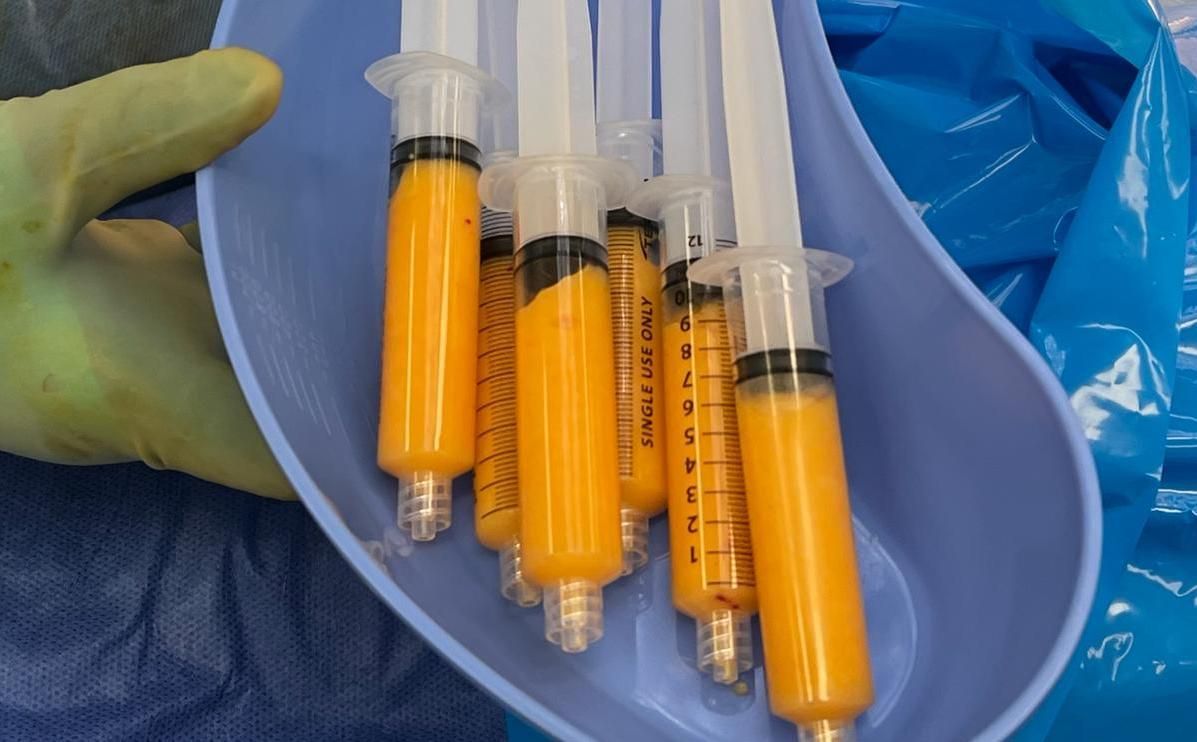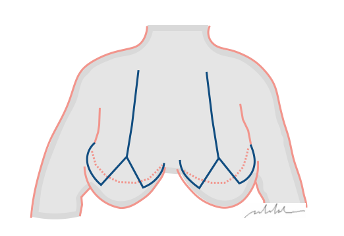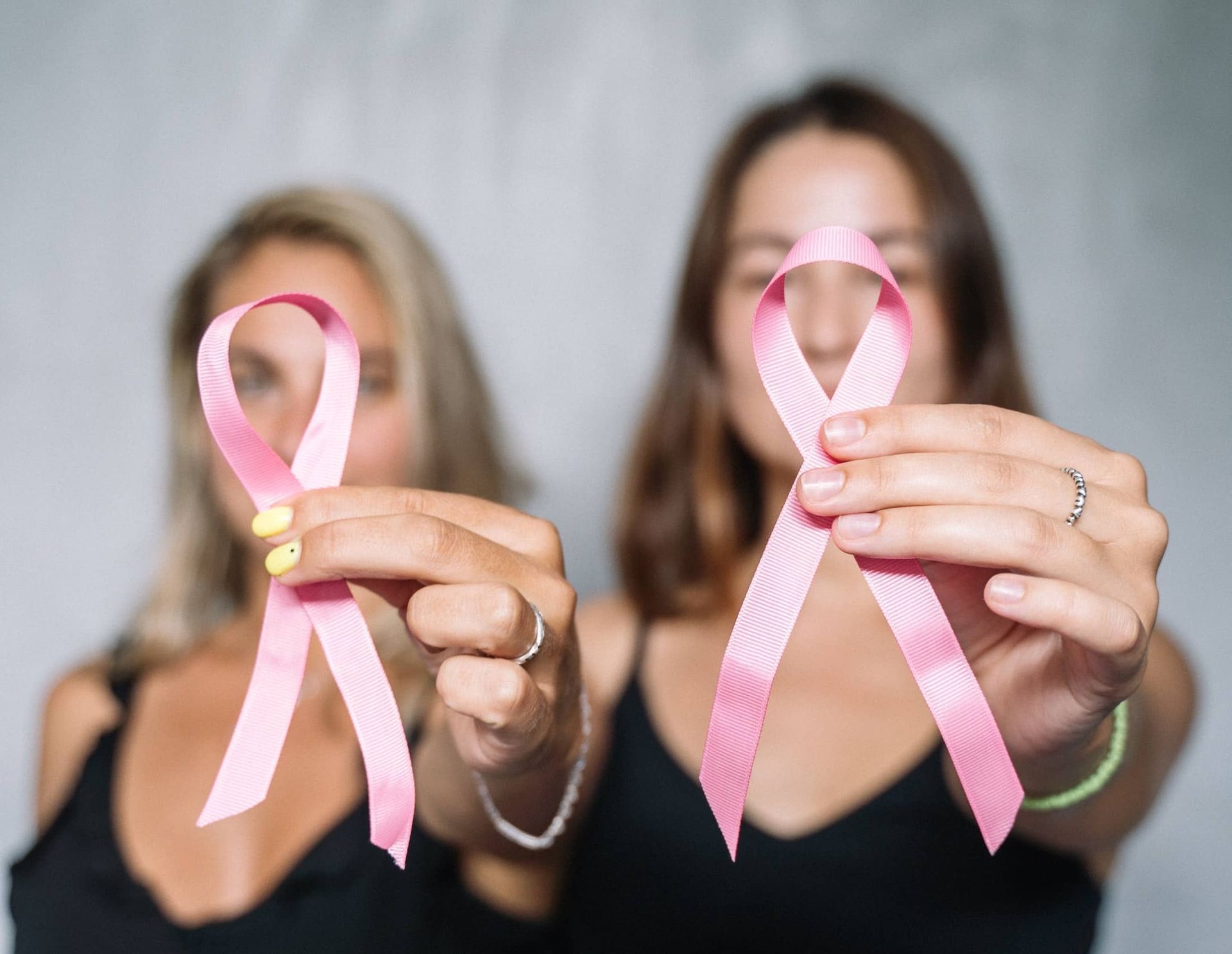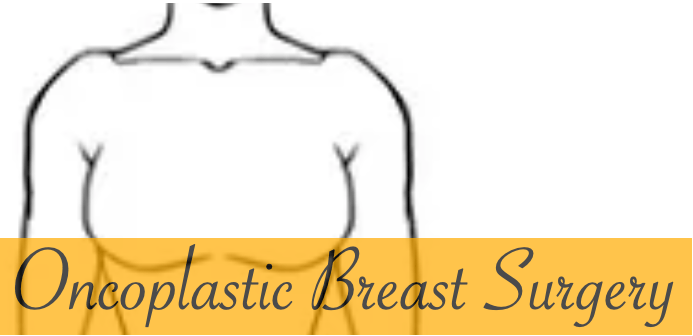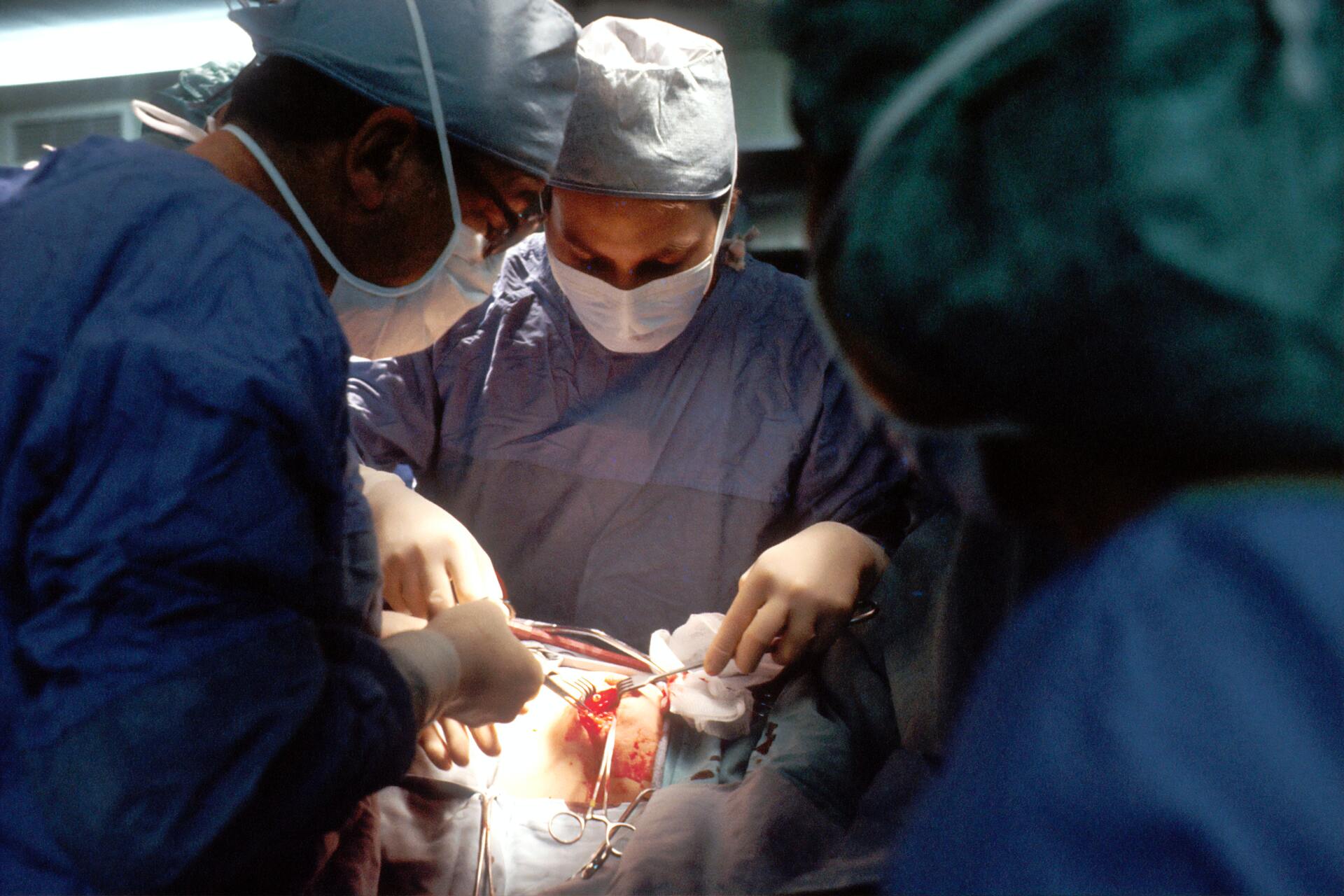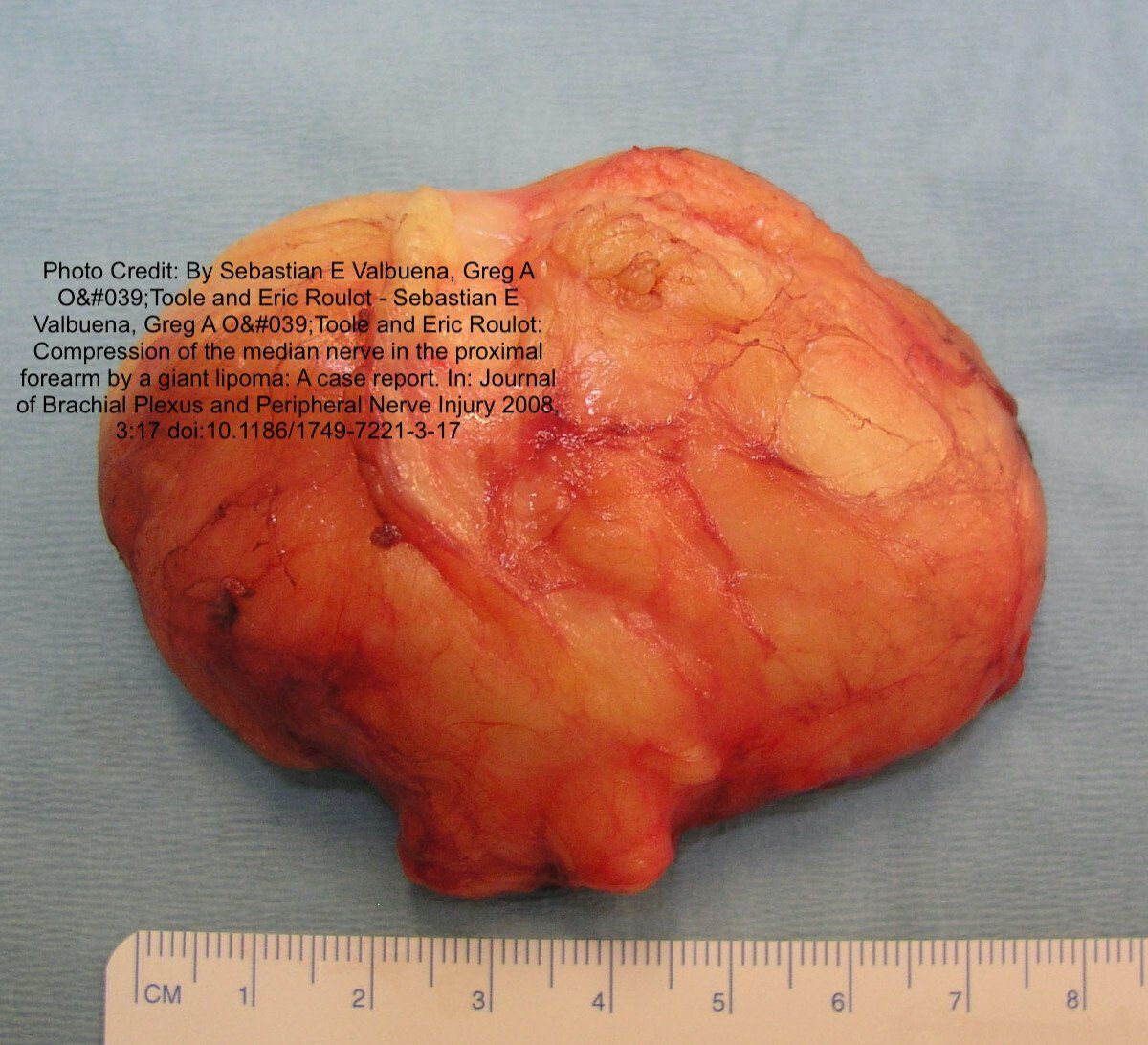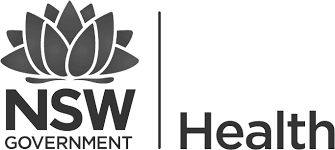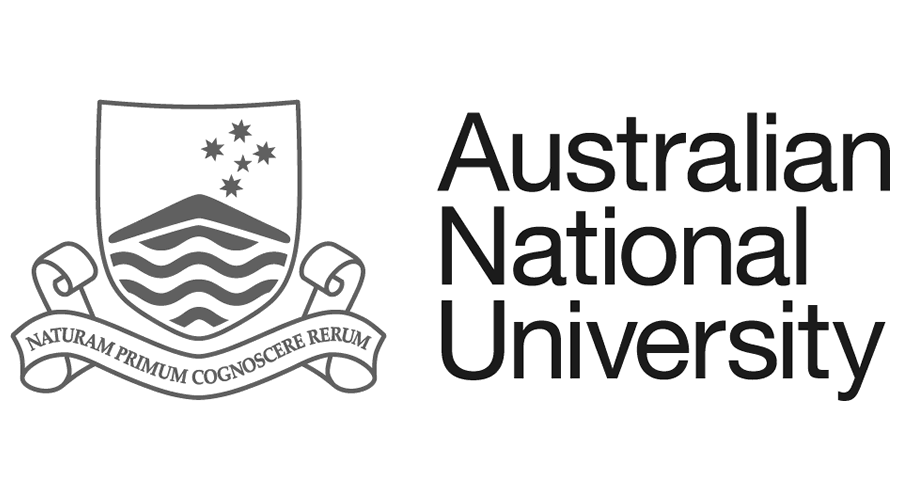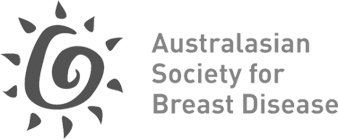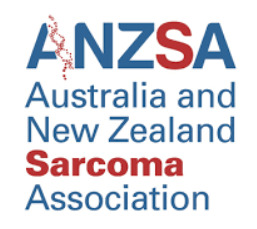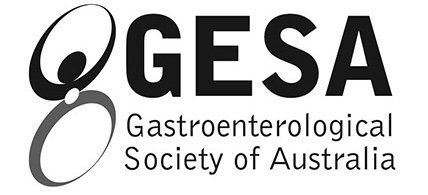Breast cancer detection and treatment in two different women | Dr Sandra Krishnan
I am a Breast Cancer Surgeon based in Sydney. My first patient is a lady in her 70s, she noticed a breast lump in November last year. She realised that her
breast screening
appointment was in July, seven months away and chose to delay seeking advice until her scheduled mammogram. Unfortunately, it had steadily grown into a large, 3 cm lump. She completed the triple test, which includes history with clinical examination and a needle test (breast biopsy) of the lesion, where a high-grade breast cancer was confirmed.
My second patient is a much younger 46-year woman who had felt a small lump in the right breast during her shower during a breast self examination. She decides to check it immediately and presents to her GP, followed by myself for the triple test. Results come back positive and she is diagnosed with a small, low grade breast cancer.
Both women very quickly and efficiently have their therapy in the same order; the first treatment, almost identical —
breast cancer surgery for the lump, wide local excision with sentinel lymph node biopsy of the lymph nodes in the armpit. They have an uneventful post-operative recovery and return for wound inspection, pathology results and further discussion.
Their paths diverge here. The lady with the larger, longer-standing breast cancer is lymph node positive, so she undergoes further axillary surgery where I remove the lymph glands in the armpit. The second lady was lymph node negative, which means no further surgery. Treatment continues, both patients are given adjuvant (after surgery) radiotherapy to the breast and receive adjuvant hormonal therapy. There are two critical points that I would like to make with these case discussions.
1. Interval breast cancer
If a woman notices a lump in between breast cancer screening, she should not wait for her next screening appointment. She must look into it immediately i.e. present for a triple test. The first step in this process is to see your doctor who will then do a clinical examination, followed by the other two components, imaging with mammogram and ultrasound, and biopsy. Early detection of what is hopefully a small, low grade and possibly lymph node negative tumour, allows for less surgery and reduces the aggressiveness of treatment, at the same time almost always means a better outcome. Breast screen is a 'screening' tool, for women with no symptoms. A
breast
lump is
an
important symptom, not to be ignored or delayed. Time makes a significant difference.
2. Younger women with breast cancer
Women under the age of 50 who have not received an invitation to Breastscreen should be breast aware, i.e. know their individual risk and perform routine breast self examination. This is a good habit to cultivate, mid cycle, once a month, check your breasts and armpits. Get to know what your body feels like, so you can identify changes early.
There are many 'apps' to help make this a habit, with tips on how to do this better, reminders and additional health awareness articles to read for current information. I have created a few
videos on this important 'self health' check, have a look and listen to learn more.
Finally, just as every cancer is different, every breast cancer is different. Surgery is typically the mainstay of breast cancer treatment. However, a patient may require additional treatments, 'adjuvant' such as radiotherapy (local) or chemotherapy, hormonal therapy, targeted immunotherapy (systemic) and occasionally breast cancer trial enrolments. The order in which we administer these therapies differ for each patient; hence it is very important to have a discussion at a multidisciplinary team meeting where many breast cancer specialists come together to discuss each individual patient. We take you right back to the triple test, that point of diagnosis followed by surgery if it has been done and discussion of the pathology results. Finally, a tailored, personalised management plan is created, which might include genetic consideration, fertility, psychological issues and anything else that is relevant for you.
My two patients will recover beautifully in the short term; the advances of modern breast cancer therapies mean that they will both do well and have a systematic surveillance regimen for recurrence. A significant difference is the 5 year survival rate, (% of patients who will be alive five years after diagnosis) a metric to measure effective treatment. Patient 1 has a rate of 80% and patient 2, a much higher number, 96%.
October is breast cancer month, women do so many things on a monthly basis, I feel we should add regular breast self examination to the list, and take back control.
I promise you, it will be worth it.
'You may not control all the events that happen to you, but you can decide not to be reduced by them.'
Social Listings
